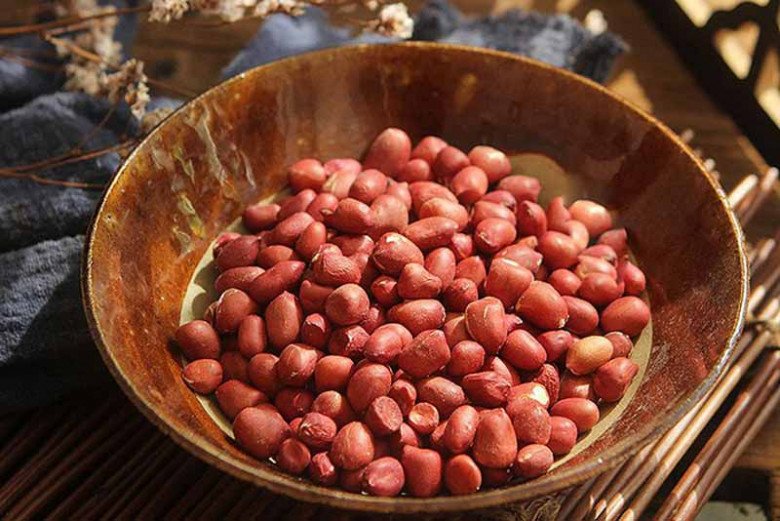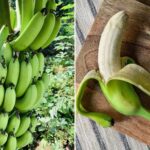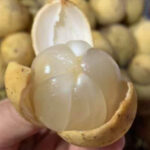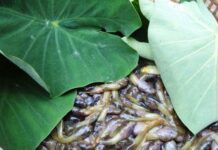
There are two common types of peanuts available today: red-skinned and white-skinned. Many believe that since they are all peanuts, their nutritional value and taste should be the same. However, this is not the case. Read on to discover the differences and make an informed choice the next time you buy peanuts.
1. Distinctive Flavors
Red-skinned peanuts offer a sweet taste when chewed, especially the freshly harvested ones. This variety is perfect for making plant milk, cooking soups, and more. Additionally, red-skinned peanuts are believed to tonify qi and nourish the blood, making them ideal for raw consumption.

On the other hand, white-skinned peanuts provide a delightful crunch and are often used for frying or as an ingredient in various snacks. Furthermore, due to their higher oil content, they are also used to produce peanut oil or peanut butter.
White-skinned peanuts are also a great choice for those watching their weight, as they have a lower calorie count.
2. Nutritional Differences
It is said that red-skinned peanuts have blood-tonifying and qi-boosting properties, so experts advise against discarding the skins. Additionally, consuming these nuts can help regulate the spleen and stomach, alleviating bloating and discomfort.

White-skinned peanuts, on the other hand, offer a higher calcium content, making them beneficial for the elderly and children. Consuming this type of peanut also increases the body’s absorption of phospholipids, the trace element selenium, and vitamin E, which supports brain health and improves memory.
In terms of pricing, white-skinned peanuts are typically sold at a lower price due to their larger size and higher yield.
Now that you understand the differences between these two types of peanuts, it’s essential to know how to choose the best ones. Note that the largest peanuts are not always the best; instead, consider the following factors to select the freshest and most flavorful peanuts.
First, Color
Whether you’re buying red-skinned or white-skinned peanuts, opt for those with bright-colored skins. Avoid peanuts with dark, discolored skins, as this could indicate mold or infection by Aspergillus flavus, a toxin-producing fungus. This fungus not only affects the taste but is also a potential carcinogen.
Second, Skin Tension
After drying, mature peanuts will appear plump and full. Immature peanuts tend to shrink during the drying process, resulting in lower nutritional value and less appealing taste. Therefore, choose peanuts with taut, shiny skins.

Third, Smell
When purchasing peanuts, take a handful and give them a good sniff. Fresh peanuts should have a slightly pungent aroma. If you detect a musty smell, it’s best to avoid them, even if the price is tempting.
Fourth, Peanut Sprouts
A little-known tip for choosing the best peanuts is to examine the peanut sprouts. These are small white dots located at the tip of the peanut. If you don’t see these dots, the peanuts may have been artificially colored, and it’s best to avoid purchasing them.
So, there you have it! Red-skinned and white-skinned peanuts differ significantly in terms of flavor, health benefits, and nutritional value, and even their price points vary. After reading this article, we at Bếp Eva are confident that you’ll be able to make a well-informed decision when buying peanuts. Peanuts are incredibly versatile and can be used in a variety of dishes, such as roasted peanuts, fried peanuts, mướp soup with peanuts, and more.
“The Surprising Benefits of Boiled Green Bananas”
Boiled green bananas are a humble yet powerful dish, offering a plethora of health benefits and a unique culinary experience. This understated fruit packs a nutritional punch, providing an array of vitamins and minerals that contribute to a healthy and balanced lifestyle. With its distinct flavor and texture, boiled green bananas take you on a journey to simpler times, evoking a sense of warmth and comfort with every bite.
The Ultimate Carrot Peeling Hack: A Faster Alternative to Knives
The humble carrot: a staple vegetable in kitchens across the globe. And yet, the seemingly simple task of peeling this root veggie can be a tricky endeavor. Many would instinctively reach for a peeler or paring knife, but these tools can be a recipe for disaster if not handled with care. An alternative approach is to use a metal scourer, also known as a pot scrubber, to get the job done safely and efficiently.








































